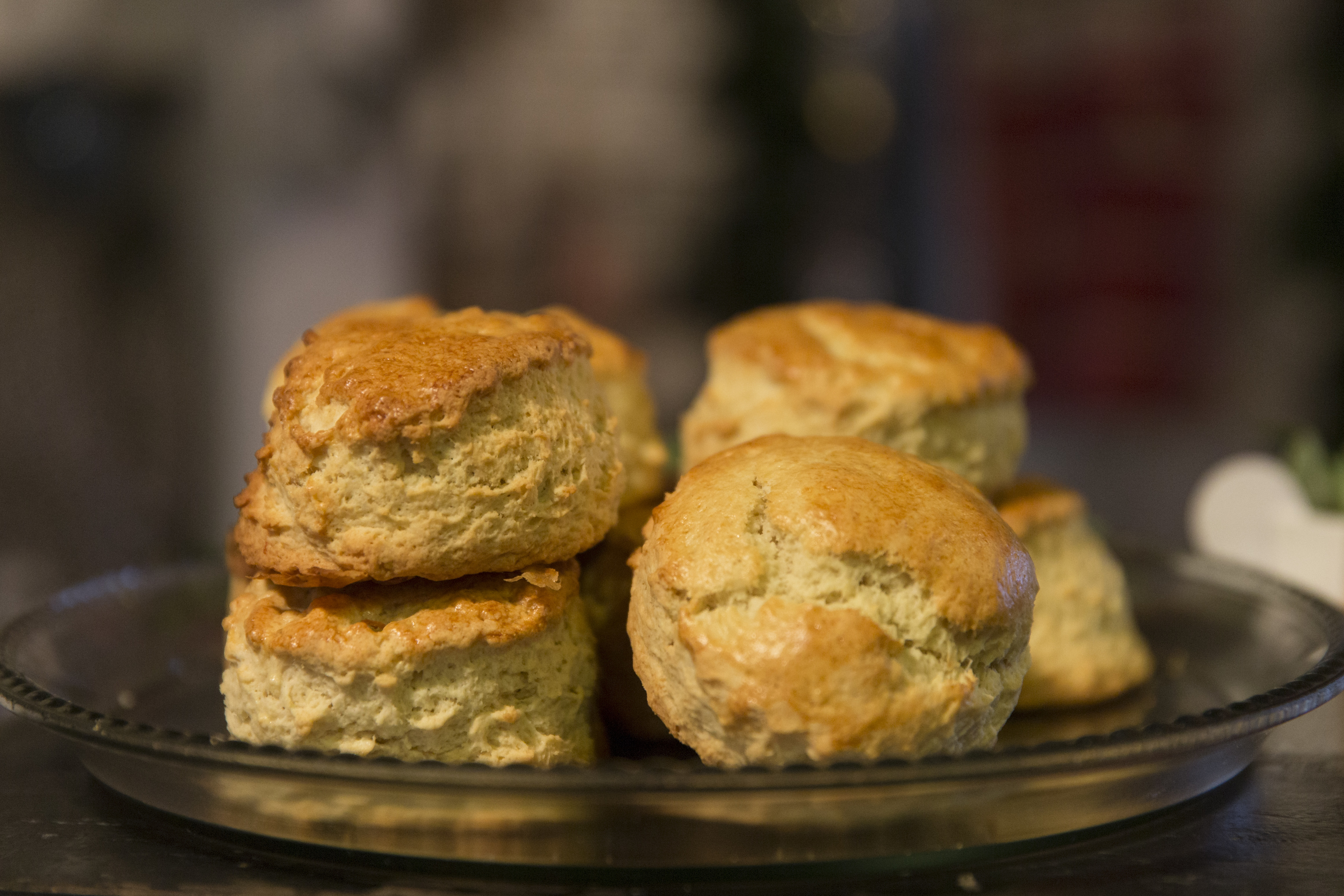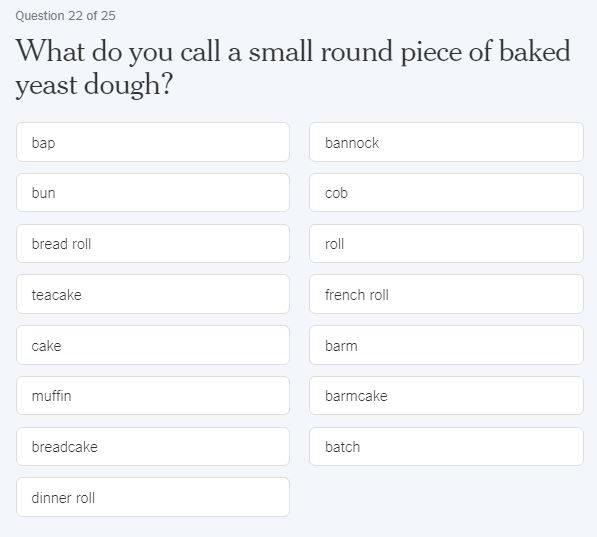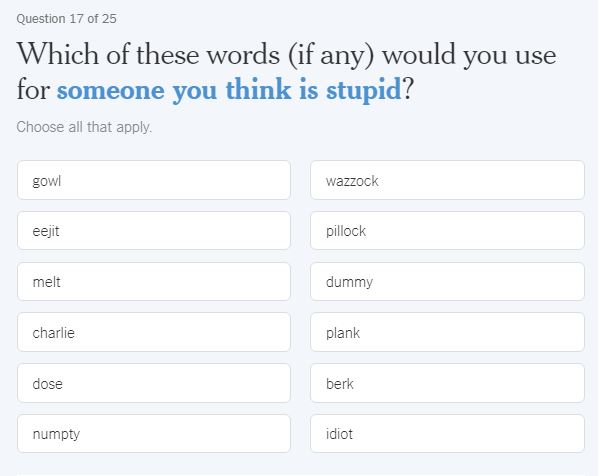
It’s a question that many have pondered – does scone rhyme with gone or cone?
Well, like many quirks of UK and Irish dialects, it depends on where you’re from.
And this kind of difference in language across the country has been explored by US analysts who have put together a new online quiz.
The New York Times‘ British-Irish Dialect Quiz asks participants 25 questions and aims to pinpoint where they’re from based on the answers.
Questions include asking what they’d call truanting, what term they refer to their mother by and ‘Which of these words (if any) would you use for a child’s soft shoes worn for PE?’.


The tool hones in on a region with each question, and eventually displays a map showing where answers most closely match, based on more than 5,300 Irish and British respondents.
The aim of the quiz is to show that the way people speak, the words they use and how they sound ties into their identity, geographically and socially.
Take the quiz here, and if you’re now in the mood for a scone, read our Scone Spy cafe reviews here…

Enjoy the convenience of having The Sunday Post delivered as a digital ePaper straight to your smartphone, tablet or computer.
Subscribe for only £5.49 a month and enjoy all the benefits of the printed paper as a digital replica.
Subscribe